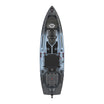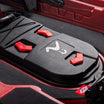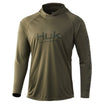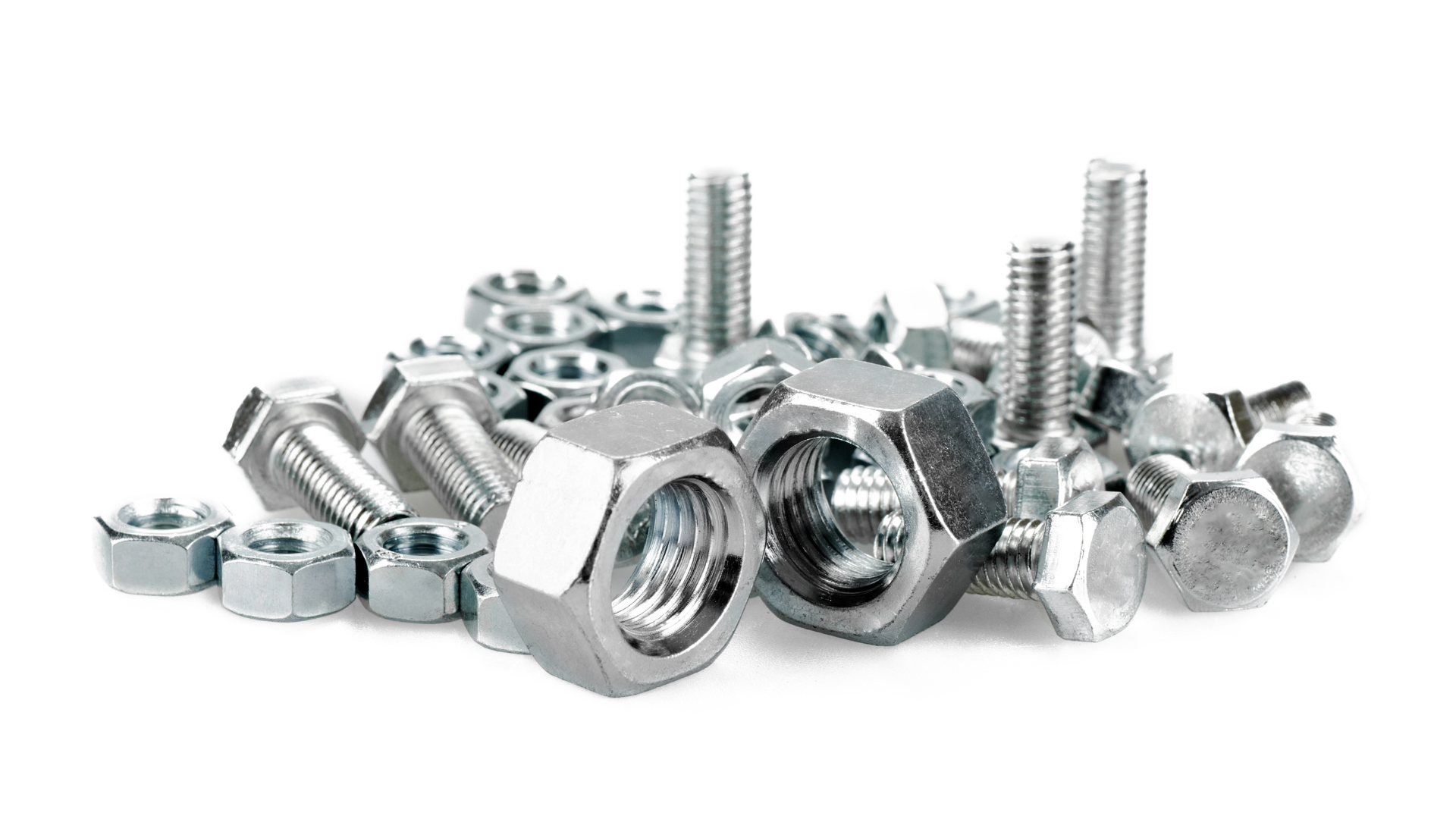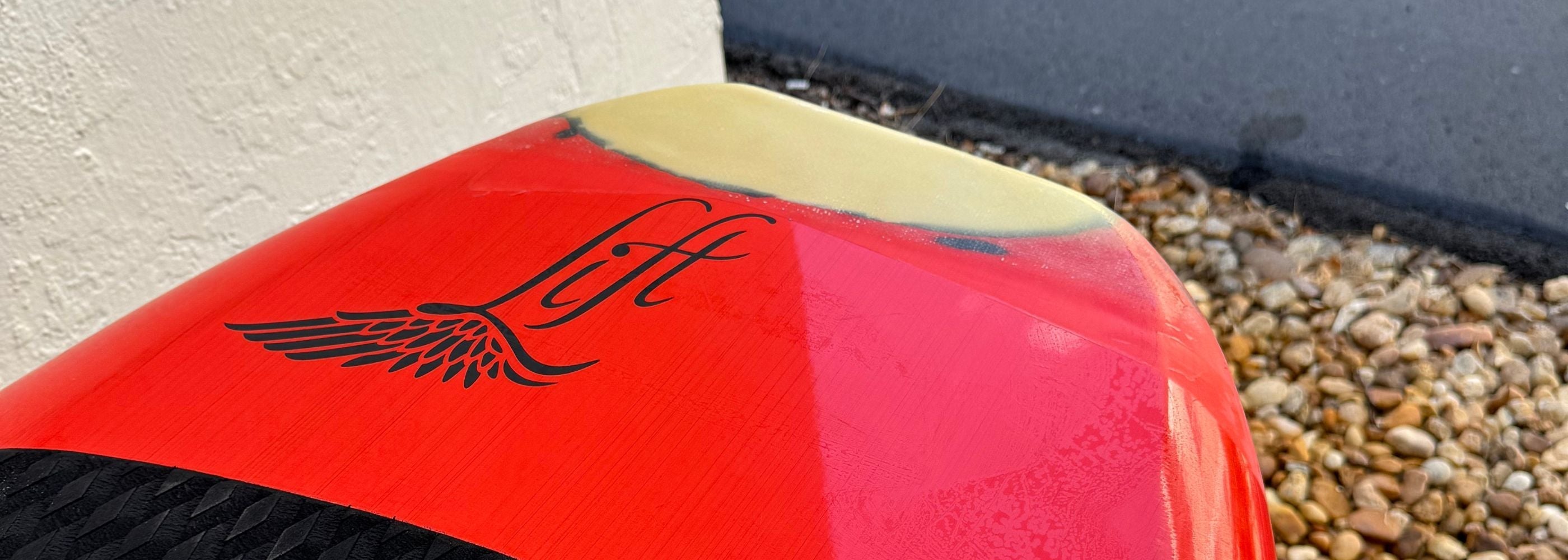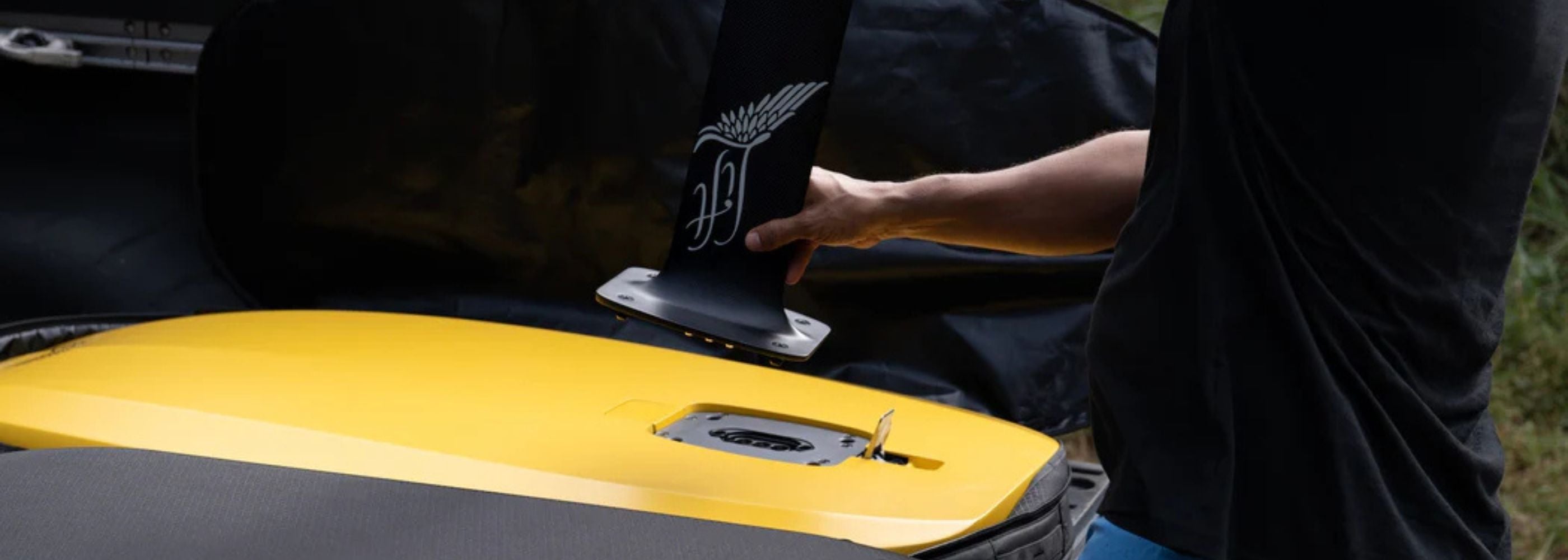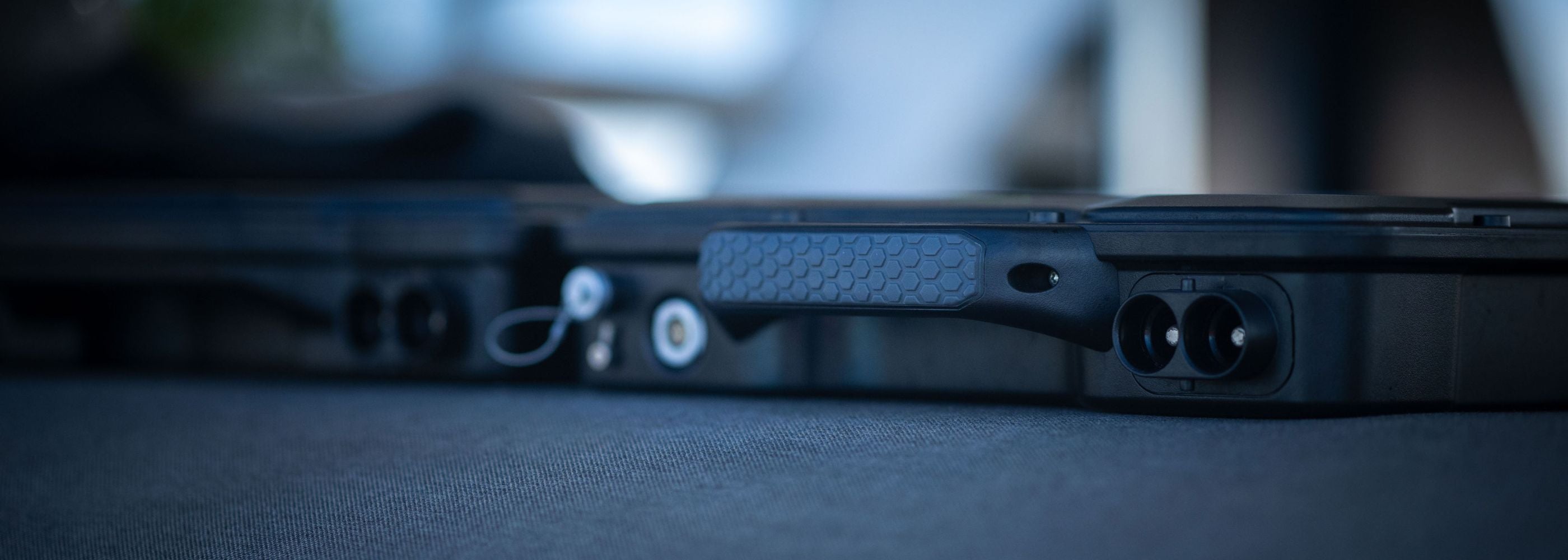Hydrofoiling has revolutionized water sports, allowing riders to glide above the water on e-foils and surf foils. The magic behind this phenomenon? Hydrofoil wings. If you're delving into the world of foiling, selecting the right wing is paramount to your experience. Here's a guide to help you make an informed decision.
Understanding Hydrofoil Wings
Hydrofoil wings lift the board above the water, reducing drag and allowing for a smooth ride. The primary parts of the foil include the front wing (or main wing), the rear wing (or stabilizer), and the mast. Your choice of wings will influence stability, maneuverability, speed, and the conditions in which you can foil.
Factors to Consider When Choosing Hydrofoil Wings
1. Wing Size:
The size of the wing has a direct impact on lift and stability.
- Larger Wings: Offer more lift, making them ideal for beginners, riding in lighter winds or smaller waves, and for those looking to cruise rather than race. They are more stable but can be slower.
- Smaller Wings: Best for experienced riders who want a faster ride and more agility. They work well in stronger winds or bigger waves but require more skill to control.
2. Wing Shape:
- High Aspect Wings: These are longer and narrower, designed for speed and efficiency. They have a smooth glide, but they may require more skill to turn.
- Low Aspect Wings: These are wider and more rounded, making them more maneuverable. They're great for carving turns but might not offer the same top speeds as high aspect wings.
3. Mast Length: While not a wing, the mast plays a crucial role in your foiling experience.
- Longer Masts: Offer more room for movement, making them suitable for experienced riders or rougher waters.
- Shorter Masts: Provide stability, perfect for beginners learning to balance on the foil.
4. Materials:
Most wings are made of carbon fiber, G10 (a type of fiberglass), or aluminum. Carbon fiber is lightweight and stiff, offering a responsive feel. Aluminum might be heavier but is generally more affordable. G10 strikes a balance between weight and price.
5. Modularity:
Some hydrofoil systems are modular, allowing you to mix and match wings and masts based on your preferences and the conditions of the day. If you're looking to experiment and adapt your setup regularly, look for a system that offers this flexibility.
6. Purpose:
- - E-Foiling: Given that e-foils have a motor, you might opt for wings that prioritize stability and maneuverability over lift, as the motor assists with propulsion.
- - Surf Foiling: For catching waves, you'll want a balance of lift (to help get you airborne) and maneuverability (to ride the wave effectively).
Test Before You Invest
If possible, demo a few different wing setups before purchasing. Many shops offer rental or demo programs, allowing you to feel the difference between wings firsthand.
Conclusion
Choosing the right hydrofoil wings for your e-foil or surf foil can greatly enhance your experience on the water. Whether you're cruising calm waters on an e-foil or catching waves on a surf foil, understanding and selecting the right wings for your needs will ensure a safer and more enjoyable ride. Dive into the world of hydrofoiling with knowledge and confidence, and let the adventures begin!













